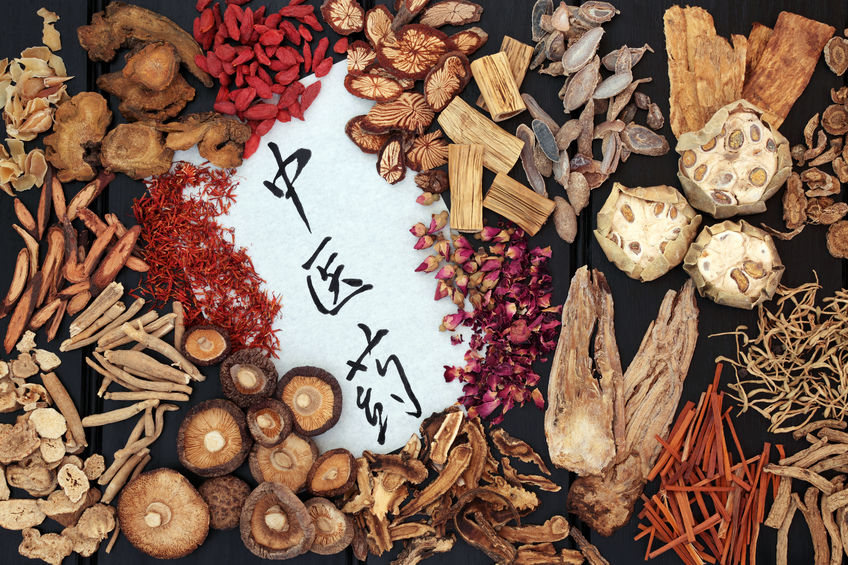Rooted in the traditions of ancient China
The main text of the medicine, The Yellow Emperors Classic of Internal Medicine has been traced back to approximately 250 BC. This book itself was rooted in the far more ancient I Ching.
Countless traditions of application of this medical tradition have sprung up over time, however they shared these these fundamental texts in common.
The worldview of these traditions and texts is one of interdependence and organic wholeness, with the universe itself built upon holistic patterns. This view is one that we could call pre-scientific. It is not anti-scientific, but it is empirical and tested over millennia for its efficacy.

Traditional or Classical Chinese Medicine is a recent invention, created in response to the appearance of Western Biomedicine in China. It was assembled by, primarily, Chinese herbalists and Biomedically-oriented physician in an effort to bridge the two medicines in Communist China. This was a noble and valid project and the Chinese Medicine world has gained much from it. However, and this is a large however, the effort also exacted a large price and much “baby was tossed out with the bathwater”.
Movements back toward Classical (the pre-TCM version) Chinese Medicine have appeared in the United States and elsewhere in order to reclaim valued parts of this lost heritage.
We are strong believers in the classical tradition and bring a great deal of post-graduate traing, study, and practice to your treatments. The Classical tradition brings Chinese medicine to life. Without it, the medicine is less full, holistic, and insightful.
While not leaving behind the advances of TCM, or of western biomedicine, medical testing, or naturopathic traditions, we seek to marry the best of the past with the best of the present.
Wellness Care
Most people don’t think of their health until they feel sick or out of balance. Making your health a priority before any problem exists is important. It will reward you with great energy, vitality, and peace of mind.
Acupuncture, Nutrition, and Chinese medicine offer an effective approach to preventive medicine. Wellness care is an important part of a healthy lifestyle, and can prevent minor problems from becoming major ones.
Acupuncture can harmonize your body, mind, and spirit so that you can function on your highest possible level. You will discover factors that can influence your health and wellness, such as your lifestyle, and any negative emotional and mental states. You will find new ways to greater health through appropriate exercise, diet, herbs, and relaxation techniques.

At Mar Vista Center for Acupuncture we integrate ancient Chinese approaches with modern wisdom. For example, any effort to use Chinese dietary therapy in the west requires us to adapt the principles of the ancient East to the modern Western diet. This can not include only the foods we eat but the way we choose to participate in the food system. Many great minds in the West have thought about these things too. So to this end we utilize the Metabolic Typing Nutritional System integrated with Chinese dietary therapy. The principles as taught in the Slow Food Movement are also critical for conscious and healthy eating and living.
The ancients were tremendously profound in their understandings of how to balance and unify the mind, body, and spirit in order to live a long, healthy, and fulfilling life. These teachings were done in China with Chinese culture in mind, but we do not live in China. To this end, Foster Ryan LAc has done an investigation of how to update the form without losing the spirit of these teachings. For this reason he uses the framework of Integral Philosophy and recommends an Integral Life Practice, integrating the best of ancient Chinese with global teachings, along with modern discoveries.
